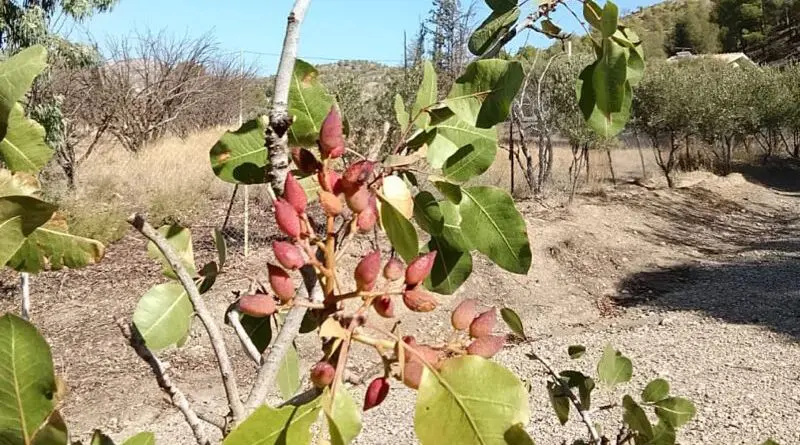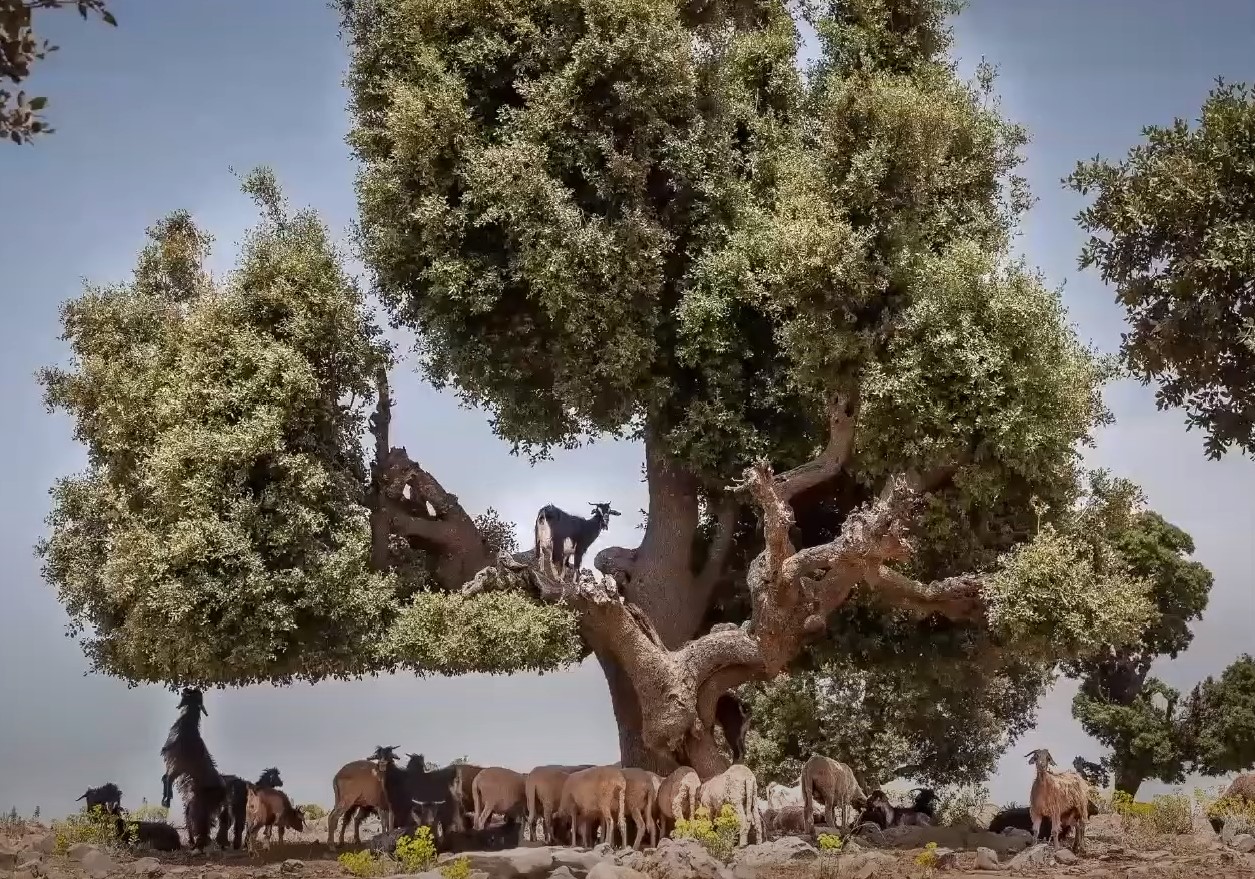Cracking The Future: How Pistachios Can Power Morocco's Green Growth - OpEd
 Pistachios growing in Morocco. Photo Credit: High Atlas Foundation
Pistachios growing in Morocco. Photo Credit: High Atlas Foundation
October 5, 2025
By Manuela Garcia Gutierrez
Pistachios have been part of the human diet since prehistoric times, valued not only for their taste but also for their nutritional and potential disease-management properties. Native to the Middle East, the pistachio tree is among the oldest flowering nut trees, with archeological evidence of human consumption dating back to 7,000 B.C. in Turkey.
Over centuries, pistachios spread across the Mediterranean, where they became a prized delicacy for royalty, travelers, and commoners alike. Their resilience in hot, arid climates allowed pistachios to flourish across empires, making them both a cultural symbol of abundance and a practical source of lightweight, nutrient-dense energy for explorers and traders.
Nowadays, the pistachio tree, long celebrated for its flavorful and nutrient-rich nuts, offers far more than a healthy addition to the diet. In Morocco, it holds promising potential as a sustainable crop, with successful early initiatives showing its economic viability in semi-arid regions. Beyond contributing to rural livelihoods, pistachio trees support biodiversity and land restoration, making them valuable in the fight against desertification.
Globally, rising demand and fluctuating prices highlight the opportunity for Morocco to position itself in this growing market, particularly through value-added avenues such as pistachio oil, processing for roasted and packaged products, and even innovative uses for shells in composting, biofuel, or artisanal crafts. Together, these dimensions reveal the pistachio’s importance not only as food but as a pathway to health, economic growth, and environmental resilience.
More:
https://www.eurasiareview.com/05102025-cracking-the-future-how-pistachios-can-power-moroccos-green-growth-oped/


